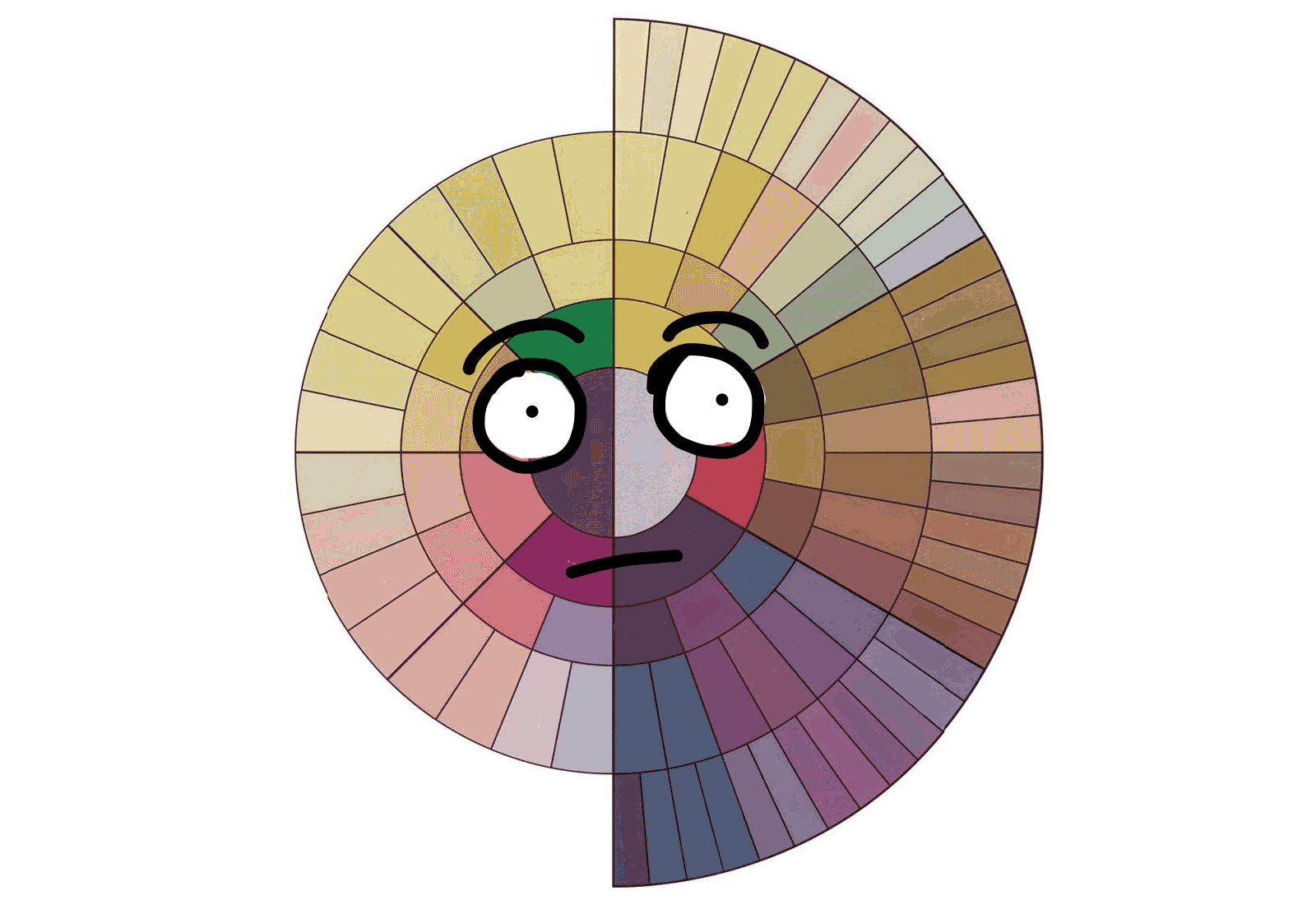

Coffee can be fruity, spicy, or even herbaceous, flowery, and tangy. There are 110 possible description notes to refer to a cup of coffee. That’s according to the Specialty Coffee Association’s Flavor Wheel, which was rebooted in 2016.
The new wheel updates and codifies a lexicon of coffee flavors and aromas to help turn the subjective impressions of coffee descriptors into objective prose. But what if we could use our own emotions to describe a cup of coffee?
Brazilian researcher Emilia Ricardi has tried to create a new emotion-based lexicon of human responses to coffee inspired by the SCA Flavor Wheel. Using these words, she hopes to better describe our habits and feelings surrounding coffee consumption.
According to Ricardi, who is working towards a Master’s degree in the Faculty of Food Engineering (FEA) at Unicamp University of Campinas, Brazil, the studies that relate emotions to the experience of consumption are trending in sensory science, as the measurement of feelings surrounding food and drink consumption inspires marketing and development of new products.
“The study idea came from the fact that coffee consumption is [undergoing] a significant change, and the use of emotions is a [new] way to evaluate the consumer experience,” Ricardi says.
In Ricardi’s study, seven samples of leading coffee brands/producers in the country were tested, including traditional, superior, and gourmet types of coffees. An initial round of testing created a quantitative descriptive analysis (that used descriptive panels to measure a product’s sensory characteristics) to get to the sensorial profile of these selected coffees. They varied from earthy, mellow, and nutty to less complex and sour.
The emotional descriptors were first cataloged with 60 volunteers using the free-association technique—they had to describe which feelings came to mind when tasting the different coffees. Later, the terms were grouped into a list of 26 words (e.g. awake, happy, pleased, satisfied, sociable, and relaxed). Ten more terms were then included from references from US studies already conducted in the area (among them: guilty, disgusted, bored, worried, and wild).
The final list of 36 emotion terms was presented to 124 consumers ranging from 20 to 49 years old by the check-all-that-apply (CATA, or checklist) method, for each of the seven coffees. The results were then assessed from the relations between the emotions and the coffee samples for each of three identified consumer clusters.
Ricardi sorted the groups into three different clusters of coffee consumer behavior: the first one preferred strong-tasting cups, the second one looked for coffee beans with light to medium roasts, and the third cluster encompassed people who enjoy many different types of coffee.
The Brazilian consumers who participated in the study mainly used terms related to energy and wellness to describe their feelings regarding drinking coffee, such as warmed up, awake, stimulated, satisfied, fine, and full of beans. The cluster which preferred superior/gourmet coffee was comprised of people not older than 29 (80% of the group), which was telling.
“We can say that…new coffee shops [are] influencing the taste and habits of this generation, making young people prefer superior or gourmet coffees,” Ricardi says. On the other hand, the elder generation seems to prefer more “traditional” coffee, something that reminds them of the days of yore—when their mothers and grandmothers used to always have a coffee pot warming up in the wooden stove. Some of the terms related to their experience included nostalgia and saudade—a common Portuguese word close in meaning to yearning.
Ricardi adds that millennial-aged consumers (even in Brazil) are driving a shift in coffee consumption away from traditional brands and seeking higher-quality beans: their thirst for coffee is helping to push global demand to new heights.
She points out that despite the importance of emotions for the food industry, especially for the younger generations (much more intensely connected with what they buy/eat/drink), little is known about how the food itself is emotionally associated with consumers.
“With our study, we were able to show that emotion words help qualify consumers’ experience regarding food and drinks, mainly coffee—something that the market should be more aware of,” she concludes.
Rafael Tonon is a freelance journalist based in Brazil. Read more Rafael Tonon on Sprudge.
The post How Does It Make You Feel? The Coffee Emotions Flavor Wheel appeared first on Sprudge.
seen 1st on http://sprudge.com
No comments:
Post a Comment